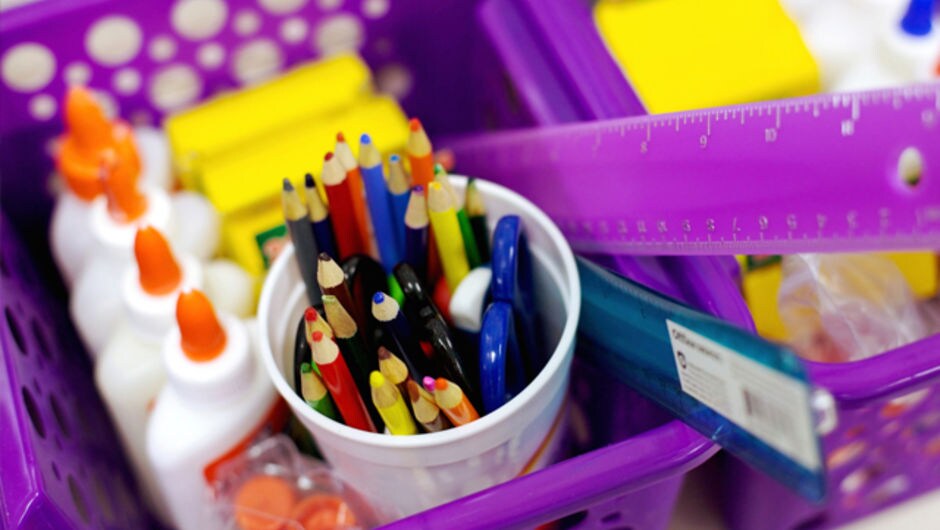New Facts To Deciding On Italian Primary Teaching Aids
Wiki Article
What Kind Of Teaching Material Is Required For The Italian Primary Or Nursery School?
Materials are essential to aid in learning and the development of children at an Italian primary or pre-school. Here are a few examples of materials that might be required: Textbooks, workbooks, and other teaching aids: They are crucial to teach core subjects such as Italian, mathematics, science and social studies.
Art and craft supplies: These can include paper pencils, crayons, pencils markers, paint, brushes, as well as other tools for students to use in imaginative projects.
Puzzles, blocks and games are all manipulatives that could be used to assist students develop their ability to think critically and solve problems.
Educational Technology: Computers, tablet computers, and other technological devices can be utilized to enhance the learning process and provide students with additional resources.
Visual aids such as posters, charts, maps and others can help students understand and remember essential concepts.
Book: A selection of age-appropriate Italian language books can be used to help promote reading and develop language skills.
Musical instruments: Musical instrument like xylophones, tambourines or maracas are excellent for teaching the rhythm and appreciation for music.
Safety equipment is essential to the well-being and safety of students and staff. These include posters that contain fire extinguishers as well as emergency procedures.
Sports equipment: You can make use of cones, balls, or other equipment to play outdoors and for physical education.
Italian primary schools and nurseries will require an array of materials to engage and motivate their pupils. View the top rated sostegno scuola primaria for site recommendations.
What Mathematics-Related Teaching Materials Are Required In Italian Nurseries?
Support for math teaching materials could be beneficial for Italian nursery schools. They help youngsters develop their problem solving, spatial, and numerical abilities. Here are some examples of how mathematics teaching materials can be utilized to assist childcare providers and teachers: Teacher and caretaker education Teachers and caregivers may need to receive training in order to incorporate math concepts into their daily activities.
Lesson Plans and Curriculum An organized program and curriculum that incorporate mathematics concepts can ensure that youngsters are exposed to a variety of mathematical concepts and abilities.
Visual aids and manipulatives: Posters, charts and counting bears can be used to assist students grasp mathematical concepts using a visual and tactile approach.
Technology-based learning aids. Technology aids like tablets that contain educational math apps or games can help engage children in the classroom and also provide them with additional sources.
Assessment tools: Parents and teachers are able to use assessment tools to track the progress of children and find areas that could require more assistance.
Parents' involvement: involving parents in maths education will help reinforce the ideas taught in the nursery classroom and encourage the involvement of families in the process of learning.
It is crucial that the material used in teaching for mathematics is appropriate and appropriate for the age of the child. Teachers and caregivers are able to use these materials in order to create engaging, interactive math activities which promote curiosity and a enthusiasm for learning in children. Have a look at the recommended schede didattiche inglese sostegno for website recommendations.

What Kinds Of Materials And Resources Are Needed In Italian Kindergartens For Teaching Science?
Support for science teaching materials can help in Italian nurseries to help children to explore and understand the world around them. Here are a few examples of the kind of support required for teaching materials in science such as lesson plans and curriculums. A well-designed program and lesson plans that contain scientific concepts can ensure that children are learning and are exposed concepts.
Visual and manipulative aids Visual aids like posters, nature specimens and charts and even simple science kits and magnifying lenses can help children to learn scientific concepts by doing the work themselves.
Videos and books. Books or videos on topics such as weather, space, animals and plants can engage children, while providing them with additional sources.
Outdoor learning areas. Gardens and playgrounds are fantastic places for kids to learn about the nature of the world.
Involve parents in the process of learning Engaging parents in the process of learning will help reinforce the knowledge learned in nursery. It also increases family engagement.
Assessment Tools: Assessment tools can be useful for teachers and caregivers to monitor children's growth and identify areas where additional support is needed.
It is crucial to ensure that the science-based teaching materials that is provided is appropriate for children of the ages of 0 to 5 years old. children. Teachers and caregivers can to make use of these materials in order to develop engaging, interactive science experiences for kids that encourage their curiosity and enthusiasm for education. View the top materiale didattico scienze for website tips.

What Materials For Geography Education Are Needed By Italian Nurseries?
In Italian nurseries, geography education materials can be used to teach children about the world and different cultures. Here are some examples of geography-related teaching materials that may be needed: Maps. They can assist students understand the geography and geography of different nations and regions, as well the location of landmarks that are natural.
Globes assist children in understanding the surface of the earth and also teach about continents and the oceans.
Video and pictures Pictures and videos various locations around the world can help children understand the different cultures and develop a sense of appreciation for them.
Books: Age-appropriate children's books which highlight diverse cultures can stimulate a child's curiosity and curiosity about the world.
Natural materials: Natural resources such as shells, stones, and plants can help children understand different environments and ecosystems.
Field excursions. Children can learn about geography through hands-on activities and encounters at local parks, zoos, or museums.
It is crucial to select geography teaching materials that are appropriate for children's age and culturally sensitive. Teachers and caregivers can make use of these materials to create engaging and interactive activities in geography that encourage children's curiosity as well as fascination with the world that surrounds them.

